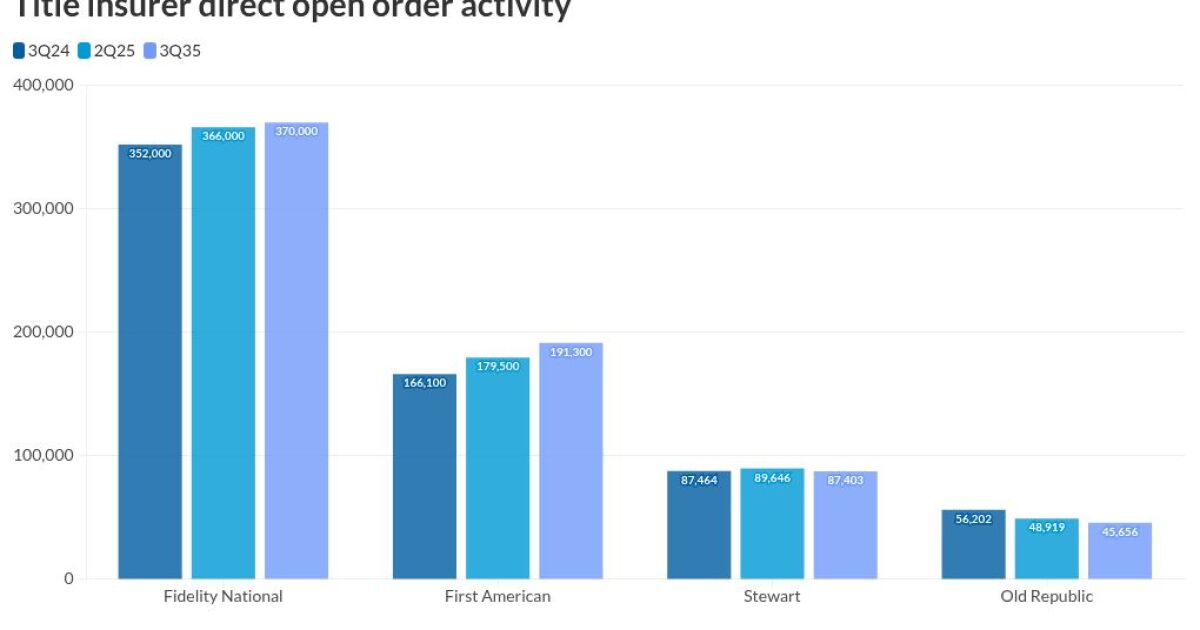
The latest round of loan performance numbers adds to evidence there's
Serious mortgage delinquencies have been lower than they've been since 1999 and still below "normal" levels before the pandemic, CoreLogic said in a new analysis Thursday. And while foreclosures may have risen some, they too haven't returned yet to where they were before the pandemic, according to a recent Attom report. In contrast, another study Bloomberg recently reported on indicates
The 0.9% serious mortgage delinquency rate reported by CoreLogic in its most recent monthly report stems from relatively strong employment, a large percentage of outstanding loans with relatively low rates and high equity levels that could dissipate over time.
"I'm not sure it will stay low after the number of these loans with a historically low rate decline," said Archana Pradham, an economist at CoreLogic.
The other things that's leading to forecasts for eventual pressure on mortgage performance are persistent
"We've seen really large escrow deficits on a lot of these loans," said Pamela Hamrick, president of Incenter Diligence Solutions, which provides its services to distressed mortgage servicing buyers.
A lot of industry metrics measuring performance, home equity and underwater loan share don't include those numbers, but if they did they could show there's a trend in which they're outpacing borrowers' finances in some cases, Hamrick said.
"When you take into account corporate advances, taxes, insurance, and just everything that's outstanding on the loan, and when you look at what the current values are, which have been dropping in some markets, there are some assets that are upside down," said Hamrick.



